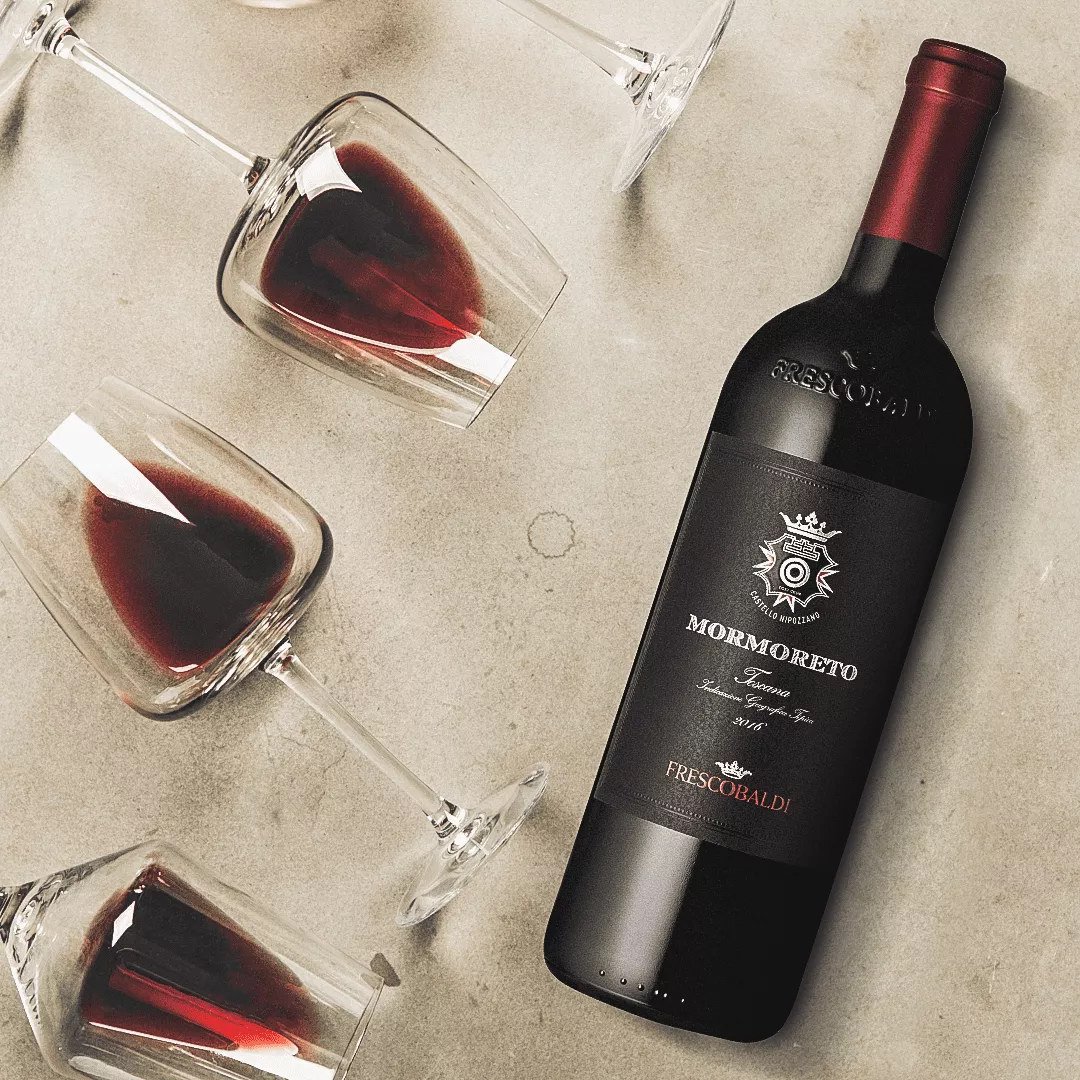_640.webp)
The designation of origin of wines
In selecting a wine, we consider several factors: the colour, the territory it comes from, the flavour, and many others. There is, however, a critical element that is not understood by a lot of people and that can tell us a lot: the designation of origin of wines. All wines are classified according to their ties with the territory and the characteristics of the area of origin. These classifications are defined at a national and European level and identify wine by offering information on its nature to allow immediate identification of those wines that come from particularly prestigious territories and have undisputed organoleptic qualities.
Understanding the designation of origin of wines allows us to determine, for example, which are IGT wines or DOCG wines, what differentiates a DOC wine from a table wine and, in general, helps to make an informed choice. The abbreviations are immediately visible on the label and represent a genuine guarantee of quality and transparency for the consumer. To better understand wines with a designation of origin we can refer to the wine pyramid, an image that is useful in explaining the different classification levels.
Generic wines
Usually, when you ask which wines do not have a classification, the answer is “table wines”. Even though this definition has long been replaced by "generic wines" it is still widely used and includes all those wines that do not have to comply with particular production regulations and are therefore at the base of the pyramid. In these cases, the bottler's name is available on the label, together with the colour production lot, and other information. However, the grape variety and year of production can be omitted.

IGT wines (Indicazione Geografica Tipica)
On the next level are the wines with a geographical designation, with IGT wines first. This acronym corresponds to the European IGP (Protected Geographical Indication); in our country, the producers themselves can choose which of the two acronyms to adopt. The territory of origin, the grape variety, the colour and the vintage are indicated on the label of IGT wines.
DOC wines (Denominazione di Origine Controllata)
On a European level, after IGP wines (the Italian IGT), there is only one large category called PDO (Protected Designation of Origin). In Italy, there are still two classifications: DOC and DOCG. Focusing on DOC (controlled designation of origin) wines, these are wines with a limited production area and stringent rules defining which municipalities the grapes can come from, the grape varieties used and in what percentages, the alcohol content, and the type of production. During processing, these wines are subjected to chemical-physical and organoleptic analysis to confirm the wine meets the requirements to ensure a unique taste. Among the Frescobaldi DOCG wines there are: Pomino, Maremma Toscana, Rosso di Montalcino and Vinsanto del Chianti.
DOCG wines (Denominazione di Origine Controllata e Garantita)
The tip of the pyramid is represented by DOCG wines, indeed the most prestigious acronym. Obtaining it requires adherence to even stricter criteria. It is, in fact, a natural step up from DOC wines, given that to become DOCG, the wine must have been DOC for at least ten years and be recognised as of particular value for its quality and as a historical production area. Of course, to obtain the certification, chemical-physical and organoleptic analyses must be carried out, to make sure that the flavour is unique. They are undoubtedly the rarest wines and the most appreciated and unique in their taste. Among the Frescobaldi DOCG wines that must be tasted are Brunello di Montalcino DOCG, Chianti Classico DOCG, Chianti DOCG, Chianti Rufina DOCG and Morellino di Scansano DOC.
Other classifications: Classico, Riserva and Superiore
On the labels of DOC and DOCG wines, there may also be other classifications and real sub-designations. Starting with the definition "Classico," which refers to those wines produced in the oldest territory of origin in the production area. The wording "Riserva" instead indicates wines that have been aged longer than noted in the specification. The term "Superiore" refers to wines produced according to stricter rules than those laid down in the specifications for this particular type, and which have a higher alcohol content than the basic type of the same wine, which does not bear the term "Superiore".
info@frescobaldi.it |+39 055/27141